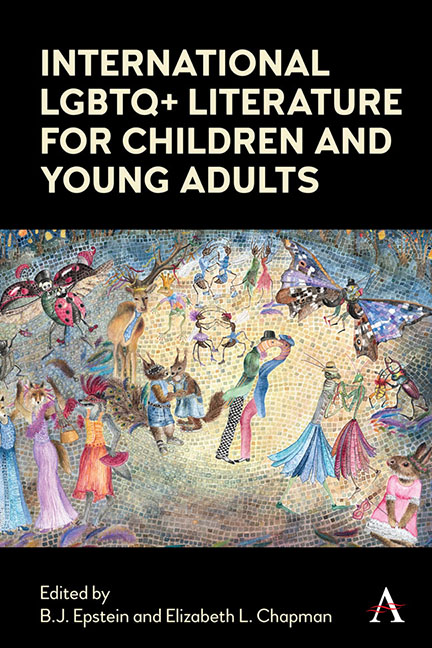Book contents
- Frontmatter
- Dedication
- Contents
- List of Illustrations
- Acknowledgements
- Notes on contributors
- Introduction
- BRAZIL
- FRANCE
- GERMANY/ AUSTRIA
- GREENLAND
- INDIA
- INDIGENOUS WRITING
- ITALY
- MULTINATIONAL
- MULTINATIONAL
- MULTINATIONAL
- THE PHILIPPINES
- SLOVENIA
- SOUTH KOREA
- SPAIN
- SWEDEN
- SWEDEN
- List of Primary Texts
- Index
Chapter Four - Homo Sapienne: A Mirror of Modern Greenlandic Life
Published online by Cambridge University Press: 18 November 2021
- Frontmatter
- Dedication
- Contents
- List of Illustrations
- Acknowledgements
- Notes on contributors
- Introduction
- BRAZIL
- FRANCE
- GERMANY/ AUSTRIA
- GREENLAND
- INDIA
- INDIGENOUS WRITING
- ITALY
- MULTINATIONAL
- MULTINATIONAL
- MULTINATIONAL
- THE PHILIPPINES
- SLOVENIA
- SOUTH KOREA
- SPAIN
- SWEDEN
- SWEDEN
- List of Primary Texts
- Index
Summary
Introduction
Homo Sapienne was the debut novel by Niviaq Korneliussen, a young Greenlandic woman, and was published in 2014. Homo Sapienne is an anomaly in Greenlandic literature, which hardly ever gets translated into other languages, because it has in fact been translated quite widely. So far it has been published in German, French (Canada and France), Swedish, and English in the United Kingdom. As I write this, it is due to be published in English in the USA, Norwegian, Finnish, Icelandic and Czech, and publishing houses in Spain, Italy and South Korea are interested. That amount of interest, translation and publication never happens for a Greenlandic book; nor are Greenlandic books generally covered in foreign media. So what makes Homo Sapienne special? To answer that question, it is necessary to first look at the history of Greenlandic literature and LGBTQ+ issues in Greenland. In this chapter, I will discuss what makes this book unique: not only the LGBTQ+ subject matter, but also the style in which it is written and the gap it filled in Greenland.
Some Background on Greenland and the Greenlandic Literary Tradition
Greenland is a former colony of Denmark. In 1979, Greenland received home rule and in 2009 self-government, but Greenland is not totally independent of Denmark. Denmark still rules over foreign affairs and the military, and Greenlandic and Danish are both recognized as official languages.
There are about 56,000 people in Greenland. In the capital and the biggest city, Nuuk, there are about 17,000 people. With so few Greenlanders, there is a need for a foreign workforce, since there are not enough Greenlanders with the right education to fill all the different jobs. As a result, there are a lot of Danes working in Greenland, especially in Nuuk.
For the purposes of this chapter, I differentiate between ‘books in Greenlandic’ and ‘Greenlandic books’. Books in Greenlandic are defined here as translations into Greenlandic, not originally written in Greenlandic, while Greenlandic books I see as books originally written in Greenlandic.
Reading and writing traditions in Greenland were established relatively recently compared to other countries.
- Type
- Chapter
- Information
- Publisher: Anthem PressPrint publication year: 2021

